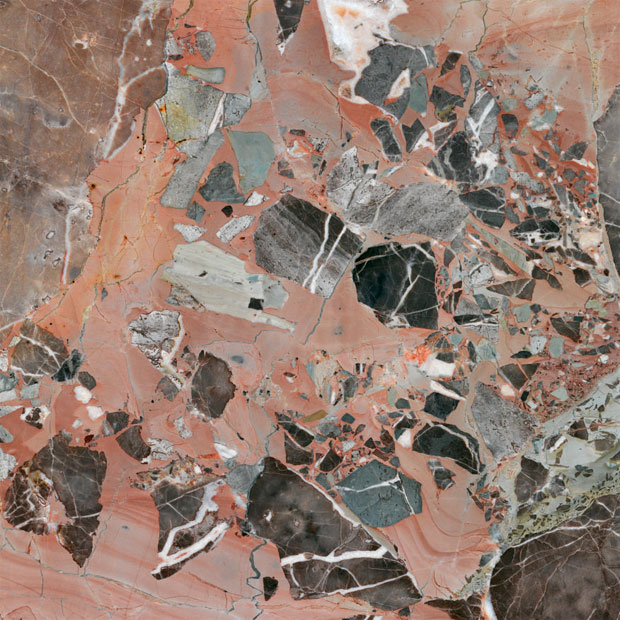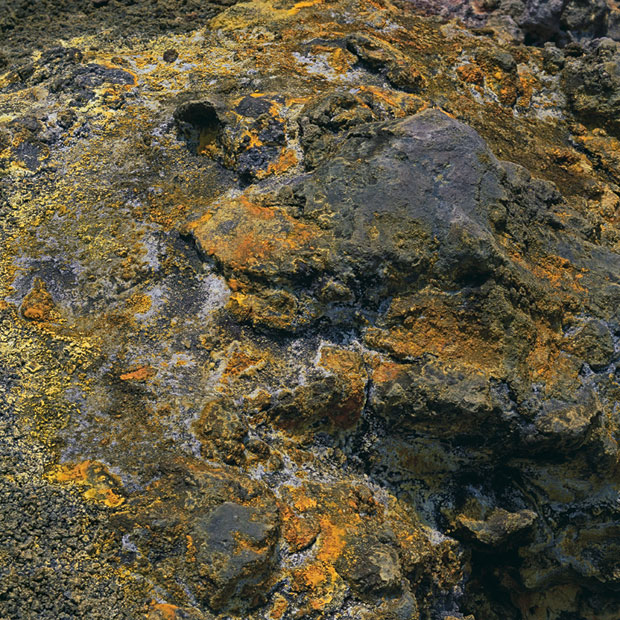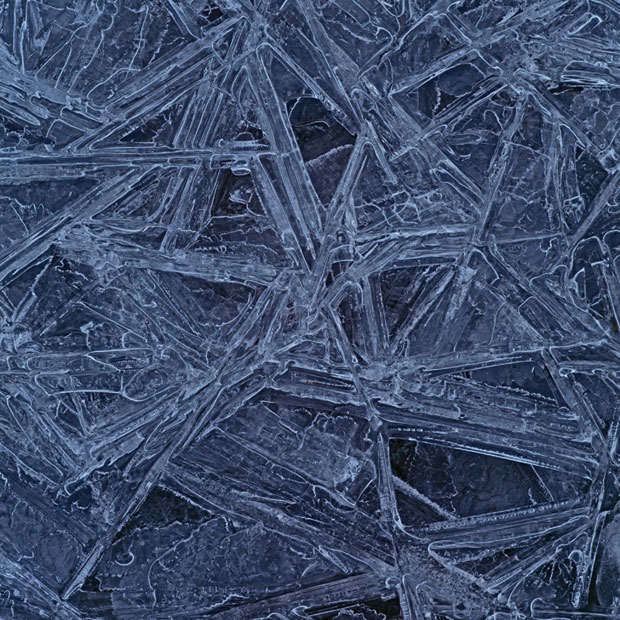
Get up close to The Colours of the Earth
Bernhard Edmaier may be best known for his aerial photography but take a look at these amazing close ups
EarthArt: Bernard Edmaier Colours Of The Earth, a collection of Bernhard Edmaier's photography of our planet is a trove of visual beauty – you could pore over the details of every page for hours, as if pondering a vista. With its chapters arranged according to colour, we are afforded example after stunning example of the natural world in all its deep greens, its electric oranges, its fierce reds, its blazing whites, examples at times so freakishly beautiful you could almost think they were somehow hand-painted onto the globe.

The vast majority of the photography in Earth is aerial. However, interspersed with these images are a number of close-ups, equally arresting in their depiction of nature's gradual designs, equally “vast” in what they reveal, despite their small scale. One such image is that of Mount Etna, in Sicily. On the edge of its craters, acid vapours containing sulphur stream out of the dark, warm, igneous rock. When the gas meets the cold air the sulphur is precipitated, forming a crust of yellow and orange ish-red crystals. As with many of the images captured by Edmaier, this is a fleeting phenomenon, likely to be washed away by the next fall of rain, but here it is preserved permanently, for us to peruse at our leisure.

Just as wonderful is Edmaier's close-up of the red limestone at Arzo Breccia, Ticino, Switzerland. Traces of iron oxide create a pinkish-red backdrop, over which are scattered fragments of dark and light grey rock, like torn up black and white photographs. These fragments are geological evidence of the earthquakes that took place when the Alps were formed. Finally, a world of wonder can be found in an image of ice needles in Germany's River Isen, which grow up to six inches long and cluster in triangular formations when the temperature falls below zero degrees (32 degrees F). Want to read more about EarthArt? Go here. Or just go ahead and buy the book from the people who made it.